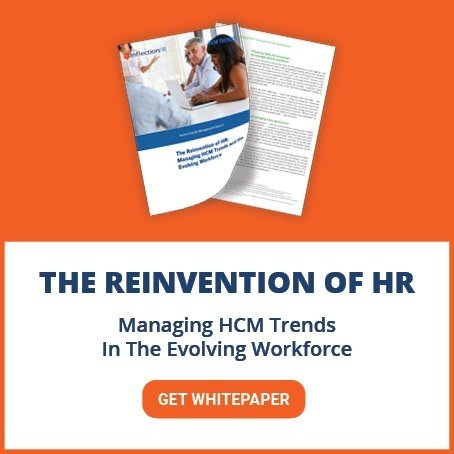Experts say that majority of U.S. employees will be working remotely within the next decade. Clearly, with statistics like that in play, the pace of growth in telecommuting is growing rapidly - yet it's common for most of us to simply port over our same old set of interview questions when we're interviewing for a role on a distributed team as we'd use for one in-house.
To ensure a better fit with new hires in remote roles, it's a smart idea to tweak interview questions to extend beyond those you'd ask of traditional employees. Before you read our ultimate list of remote hire interview questions, here's some insight into the rationale behind the adjustments you'll want to make, plus some pointers on how to make them.
Successful remote worker hiring: why remote employees are different
Remote employees are different in many different ways - but probably not in the ways you're thinking. If you're resistant to the telecommuting trend, you may be suffering from any one of the many common misconceptions about remote employees: They're going to require constant monitoring. You'll never know when they're working. They're going to cost more. And on and on and on.
The good news is that these tropes are almost universally untrue: Remote workers are generally more satisfied, engaged and productive, and employing remote workers can pay off for companies in terms of cost savings, decreased attrition, and increased profitability for employers.
No, what actually makes remote workers different are two things: Their increased need to communicate successfully and their need to work self-directed. Good interview questions will not only assess your candidates' skills relative to the job assignment but also to their capabilities with respect to these two key considerations.
For Remote Workers Communication is Key
One thing that everyone who goes from working in-house to working remotely inevitably comments on is just how much "business" actually gets transacted over the metaphorical water cooler. Onboarding remote hires and successfully integrating them into your team can feel overwhelming. In-house teams actually get a lot done in the break room, standing around waiting for the elevator and the like - during those chance, random encounters in the office.
Absent those happenstance meetings, your remote employees must be good communicators who are clear, concise and adept via text, email, phone and Skype - whatever it takes. What's more, they must be self-motivated to maintain ongoing conversations with their coworkers as is appropriate, without your having to step in.
With respect to gauging a candidate's communication capabilities, just because you're interviewing for a remote position, don't eschew the in-person interview unless it's absolutely impossible. There's nothing like a face-to-face meeting to enable you to assess a prospect's style and how a particular candidate will match up with your team from both a cultural and a communications standpoint.
Barring an actual meeting, a live video chat is a terrific way to connect with your prospect and get a feel for them as a person.
It's hard to look over an employee's shoulder when they're halfway across the country
By the same token, it's also important to assess the candidate's ability to direct themselves on prioritizing, organizing and completing their work. When you hire a remote candidate, you're implicitly agreeing that you're not going to be present or be available at every moment to direct his or her work.
So you want to ensure that you get the proverbial "self-starter," an employee who's good at ensuring they complete assigned tasks on a particular schedule without someone standing over them barking orders, as well as at pinpointing next steps in a routine and taking the initiative to complete them.
To identify candidates who are "self-starters," the technique of "behavioral interviewing" may come in handy. This technique relies on illustrations of real-life past performance as the best indicator of how candidates will handle responsibilities to come.
Simply design a question around a scenario into which you're seeking insight (for example, "Tell me about a time you were assigned a long-term project that you were responsible for managing largely on your own. How did you attack that assignment? What were your frustrations with it? What did you enjoy about it?") and have your prospect describe their past experience to you in detail, without using hypotheticals or conjecture.
This enables you to dispose with prepared stories or scripted answers and get some valuable insight into the prospect's thought process and their typical work patterns; plus, in the process of relating the anecdote to you, you'll also learn more about their communication style.
Success in interviewing remote candidates is close at hand
At the end of the day, the workforce is irreversibly trending toward an increase in remote employees. Companies are accepting that the metric to track isn't the amount of time an employee spends sitting in a chair, whether that chair is in an office where the boss can see them every minute of every day, or in a chair in their own house, but rather how productive that employee is, wherever they're working.
Pair your drive to capitalize on the popularity of distributed teams and their many benefits to companies - increased employee engagement, marked growth in productivity, reduced costs and boosted cash flow - with a few simple adjustments to your interview routine, and you'll be ready to staff the workplace of the 21st century.



